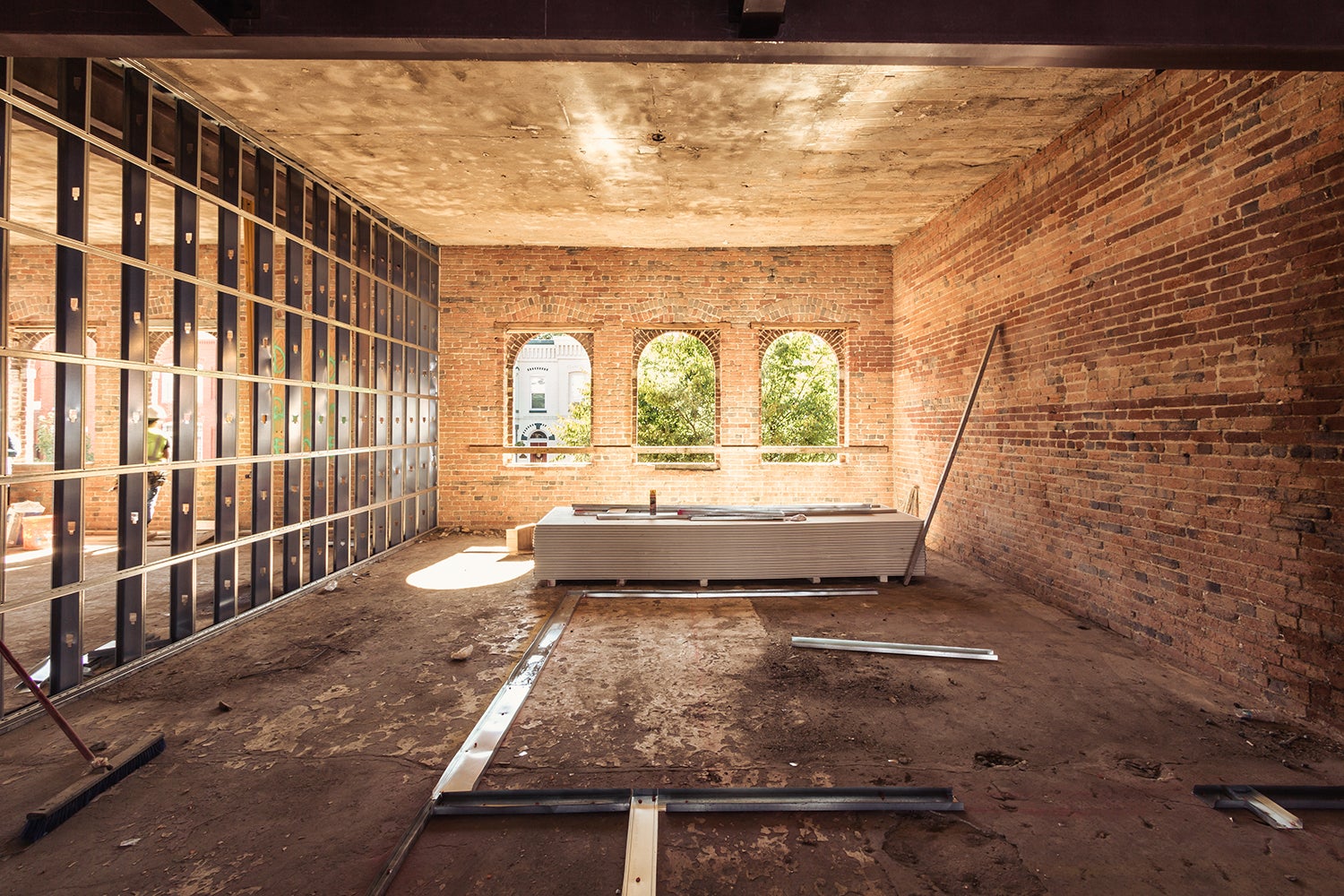
From Cubicles to Kitchens: How Commercial to Residential Conversions Can Help Alleviate Washington's Housing Shortage and Benefit CRE Investors
How can commercial real estate investors earn attractive returns while decreasing Washington’s housing deficit? A report from Fannie Mae suggests converting commercial to residential space as an intriguing approach.
According to the Building Industry Association of Washington (BIAW), the state needs at least 251,894 new housing units to meet current demand. The supply-demand mismatch has driven up rents and home prices for people across the state. Because of high interest rates, many who now need a place to live will seek a rental, at least for now. According to Zillow, the state’s median rent is $2,100. Although median rents are rising now, they are still $100 lower than a year ago.
How does this create an opportunity for commercial-to-residential conversions?
According to the National Association of Realtors, higher interest rates and ballooning construction costs are complicating projects to build new multifamily units.
Yet, while “the future seems bleak for multifamily…the outlook for 2024 may not be as black-and-white,” reports Cole Perry, associate director of research for commercial real estate (CRE) intelligence firm Altus Group. “Unlike offices, multifamily is not facing structural demand issues, as the American housing market has historically been under-supplied. Even as elevated mortgage rates pull back from their recent highs, sales of new and existing homes continue to slide, and prices remain elevated, keeping many would-be buyers in the rental market.”
Converting commercial properties into apartments serves housing demand and can avoid the cost of building new multifamily structures, according to Fannie Mae.
“High home prices and rents, coupled with historically high vacancy rates in office buildings and other commercial property types, have ignited interest in whether the large-scale conversion of commercial properties to residential could help rebalance both markets,” writes Fannie Mae, a government-sponsored enterprise created by Congress to increase affordable housing options in the United States.
For example, in California, one of the most expensive states for construction costs, thousands of hotel rooms have been converted into apartments at about 35% of the cost of new construction, Fannie Mae reported.
Commercial-to-residential conversions could also provide a new use for vacant office buildings.
According to the Wall Street Journal, office vacancy rates have reached records as work-from-home has proven a durable change to American work life. Even where employers are calling workers back to the office, they are retaining more work-from-home days than ever before. “The decline in demand for office space has led to a ‘flight-to-quality,’ with class A and newly constructed buildings seeing less of a decline in performance relative to lower-end class B and C properties,” Fannie Mae reported, “Office construction has slowed rapidly while employment in office-using industries, like finance, insurance, and real estate, remains strong.”
CRE investors interested in commercial-to-residential conversions can check out BIAW’s county-by-county research on Washington’s housing shortage here.
Resources:
https://www.biaw.com/research-center/washingtons-housing-supply-shortage
https://www.zillow.com/rental-manager/market-trends/wa/
https://www.altusgroup.com/insights/multi-family-outlook/?utm_source=google&utm_medium=organic
https://www.wsj.com/real-estate/commercial/offices-around-america-hit-a-new-vacancy-record-166d98a5
https://www.fanniemae.com/media/document/pdf/mf-market-commentary-042024




















